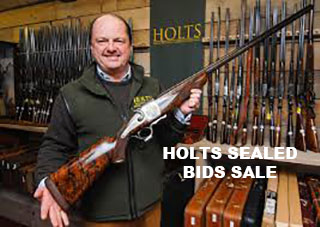The late Cyril Adams, who made a fortune selling restored English guns to eager American buyers over forty-something years in the business, told me of walking into Purdey’s one afternoon in search of old guns and being told there was nothing good in.
He noted a pile in the corner and asked about them. “Oh those are just old hammer guns, nobody wants them” was the reply. Cyril bought them all for a trifling sum and did very well on the other side of the Atlantic. Those were the days!
Cyril was not alone. Several British dealers got in on the act and made a lot of money. Back then you could actually put a pre-1898 shotgun in a box, take it to the post office and send it direct to the buyer anywhere in the USA, via parcel-post.
The general shooting public had little interest in dusty old side-by-sides and they could be bought cheaply, while there was a hungry collector market for them if you knew the right people.
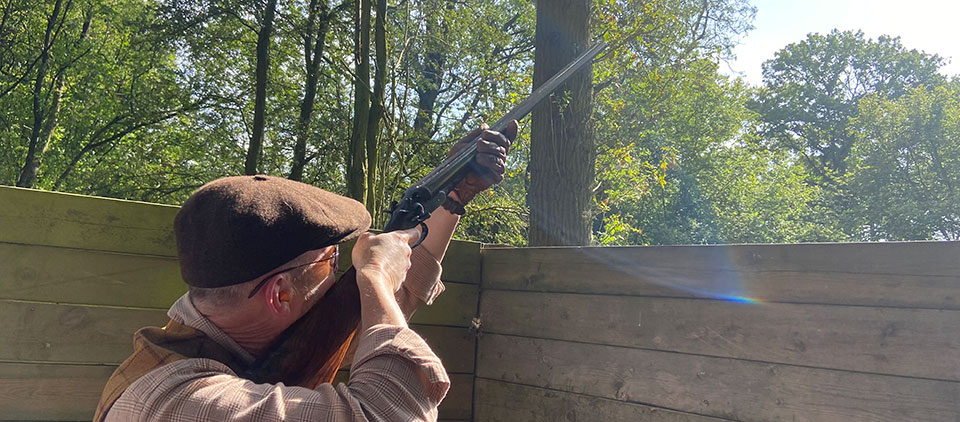
For thirty years it was a rising market. Auctions were not then on-line. It required a local contact who could travel and find things hidden in the provinces or act for you at auction. Today, everything is visible from anywhere and the middle-man is an endangered species. Meanwhile, British guns are declining in value.
That was then, this is now.
Best hammer guns, strangely enough, are still holding their value quite well, despite a general downturn in prices for traditional British guns.
A few years ago, a good Westley Richards boxlock would command £4,500 retail. Today half that would be more likely. Bonham’s sold a pair of Woodward side-locks last month for £10,000. They were bought in a gun shop a decade ago for £25,000 by a friend of mine.
In a dead or declining market it is brave man who dips in and spends money on things rapidly going out of fashion. However, I’m going to tell you why now might be the right time to do just that.
the over & under is now almost universal.
First, we should examine why British guns are depreciating at a rate of knots:
The Over & Under Revolution.
Most British guns made before the Second World War were side-lock, boxlock or hammer side-by-sides. The over & under breech-loader was introduced in the early 1900s but took until the 1980s to gain the upper hand. Once frowned upon at game shoots and seen as an ungainly clay-buster, the over & under is now almost universal.
Given that an over & under needs less exact fitting and ‘will do’ for most shooters in standard specifications, more youngsters learn on one. It helps that the shooting schools all have a basic over & under as their teaching tool. So, that is what most people learn to shoot with and they stick with what they know.
As the generations pass, this becomes more apparent, with buyers for side-by-sides failing to come through the ranks.
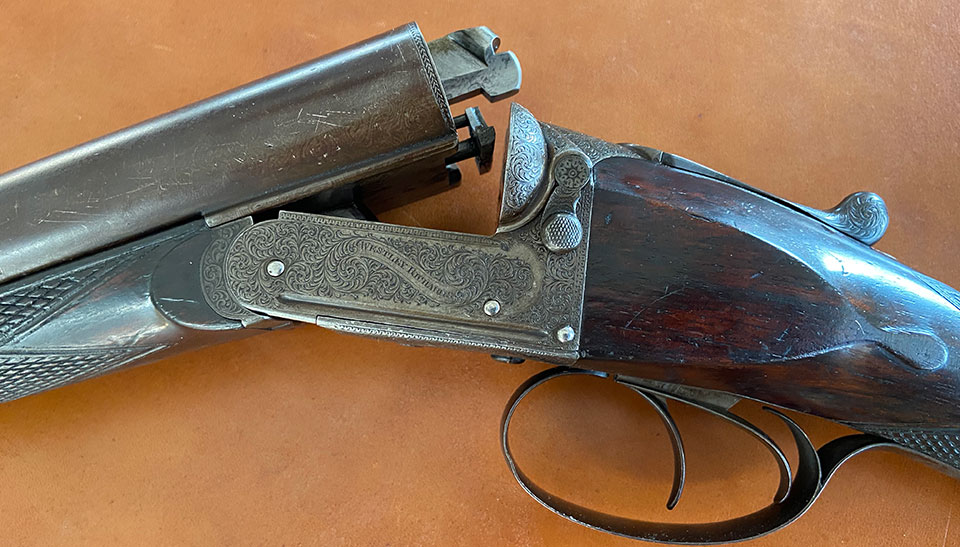
Cheap New Guns Are Now Quite Good
Cheap side-by sides are nasty, always were, they don’t fit anyone and they require expert fitting and alteration to get right. A cheap over & under can be quite nice to shoot, reliable and more universal in its approximate fit (you don’t have to get your face across the left barrel to find the rib).
With modern, machine-made, over & under guns costing around £500 new and actually looking good and working well, the interest in secondhand, mid-quality English boxlocks has weakened. The Webley and the Boswell have given way to the Yildiz and the Kofs.
Old Men Die.
The generation that spent good money on their gun collections as fifty year-old men in the 'nineties are now approaching eighty years old. They want to sell off their guns when they down-size or they die and their family sells them cheap because (see above) young men don’t like side-by-sides, if indeed the next generation shoots or has any interest in guns at all.
The Hunt is Too Easy
Collecting as a hobby is a hunt. Hunting is a lot of the fun. The thrill of finding something that has been in an attic for eighty years and buying it, cleaning it up and enjoying it, is intoxicating.
Similarly, finding such a thing in an auction and bidding, winning and taking it home is also a lot of fun, especially if you have several friends, who share your passion, and you can impress them with your new purchase.
With everything on-line and nothing hidden, that hunt is diminished. Everyone can see everything. There was a time when ,if your gun dealer showed you a pair of Boss side-locks that he had unearthed, you might have asked yourself “where will I find another?”.
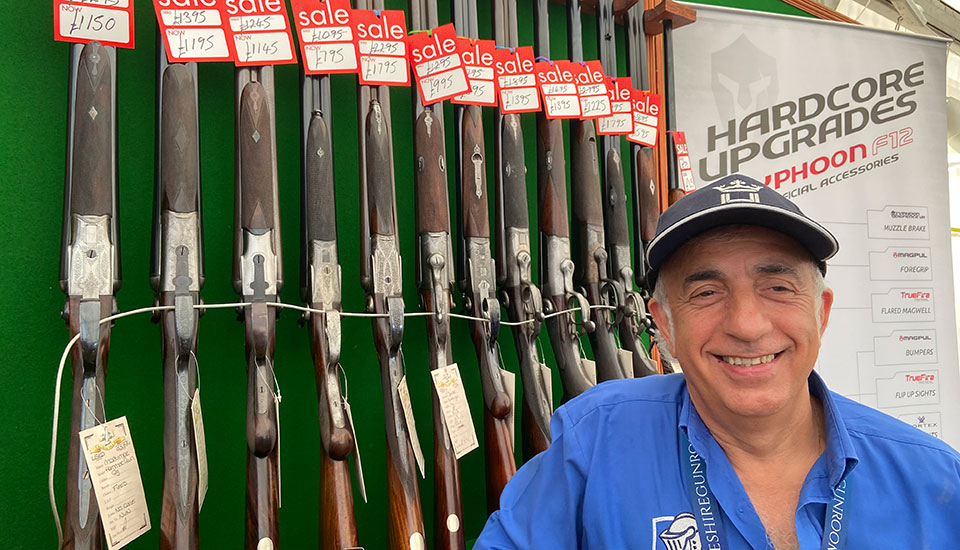
The answer now is; ‘look on Guntrader or Guns International’. There, you will see the similar offerings of just about every dealer in the country and many private sales too. It is no fun and there is no incentive to buy now.
So, with side-locks, boxlocks and lower-end hammer guns struggling, what is weathering the storm? In short: quality, condition and rarity. If anything ticks all those boxes, it will still make good money.
Reasons to be Cheerful
With lead shot under increasing pressure and the demand for guns able to withstand steel shot, some shooters are waking up to the fact that a good British boxlock could be the answer to their quest.
Buy a Webley Model 700, proofed for 2 3/4” cartridges after 1954. With that you can shoot standard steel loads all day long without worry. If the steel shot eventually scores the barrels, you can probably live with that if you only paid £650 for the gun. Not so much with your 1935 Purdey. Use bismuth in that!
best guns are again within the budget of anybody interested enough to get involved.
Sleeved guns suddenly look interesting. Those thick, new tubes, modern re-proof and 70mm chambers will, similarly, do service with some punchy steel loads and the barrels are not going to be cause for concern. If you want to drive steel shot at high speed from a hammer gun or re-purpose a wild-fowling boxlock as a steel-throwing high-pheasant gun, sleeved guns are the practical, low-cost answer.
However, it is not just opportunism for gaps in a falling market that should drive us to re-assess. Guns are a passion and fine British guns are our heritage. The investment drive that caused prices to rise pushed many working people out of the way. They simply could not compete with the wealthy collectors when nice guns came onto the market.
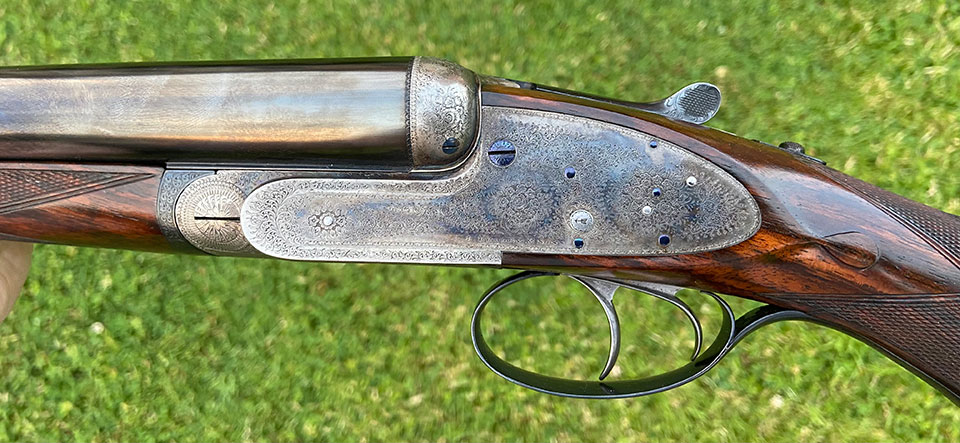
We have reached a point where best guns are again within the budget of anybody interested enough to get involved. You probably could not afford a really good Purdey side-lock fifteen years ago. You might find that you can afford one now. At what point will people begin to think that the prices are low enough that they are tempting?
I think it is time for real enthusiasts to re-kindle their relationship with the best our forefathers could produce. Will there be a new generation of British sportsmen buying vintage British guns and shooting, as our grandfathers did, mostly small days of driven pheasants on self-financed syndicate shoots?
Whatever the market is doing, quality and utility don’t change. That Webley 700 you can now buy for £650 would have sold for £700-£900 in 1988. I know, because I had mine valued when I left the country that year. In 1988 a new Rolex Submariner cost £1,000. Today you are lucky if you can find one for under £10,000.
the next decade will belong to the shooting sportsman rather than the shooting businessman.
If value for money is interesting and you want to buy an object that really should command a much higher figure than it actually does, it makes total sense to go out and get a good British gun.
Financial pressures, diseases, commercial over-exposure and supply-chain issues have all conspired to kick the shooting industry hard in recent years. Perhaps the next decade will belong to the shooting sportsman rather than the shooting businessman.
If it does, what better for him to bring to the shoulder than a classic British boxlock or side-lock, perhaps loaded with bismuth or one of the new compounds being proffered as lead alternatives?
When the shoot is traditional and the bag relatively small, the economics are manageable and classic game guns come into their own. Now looks like a good time to buy one.
SUMMARY
Best in Budget
£10,000. For this, a superb side-lock ejector by a most London makers, made before WW2 should be within reach. If you want a Purdey or a Boss, it won’t be mint but it should still be very nice.
£7,000. A best sidelock ejector by a top Birmingham or provincial maker, in immaculate condition.
£5,000. The best boxlock in the best condition, cased with all its accessories. Or a sleeved best London side-lock.
£3,000. A second tier, second quality side-lock or a very good boxlock.
£1,500. A good quality boxlock in full working order with good wall thickness.
£650. A post-war Birmingham boxlock or a good, but well-used earlier one.
Under £500. A very serviceable, if well used, boxlock that has been well repaired and looked after.
Ammunition for Older Guns
Bismuth is suited to all older guns, if loaded into cases shorter than 70mm. Try Gamebore Bismuth at around £1.20 per shot.
Bioammo Blue is soon to be available in 65mm cases and is also suited to older British guns at around 55 pence per shot.
Steel. Standard steel loads can be used in guns proofed after 1954 with chokes of 1/4 or less. Check case length - 70mm cases can only be used in chambers marked 2 3/4” or 3”. For 2 1/2” chambers, use 65mm, 67mm or 67.5mm cased loads. If the gun has been sleeved and re-proofed for 70mm cases, any Standard Steel cartridge can be used. Choke restrictions apply, as above.
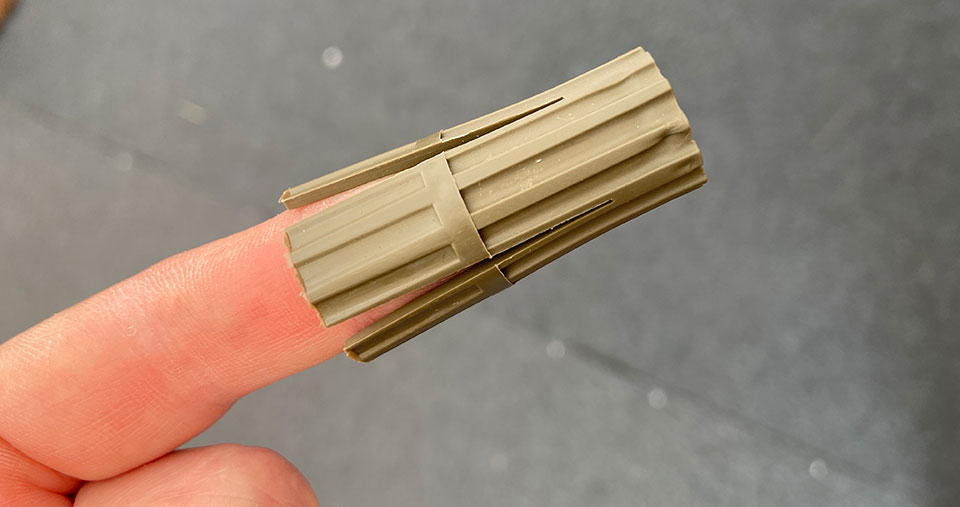
Published by Vintage Guns Ltd on (modified )

